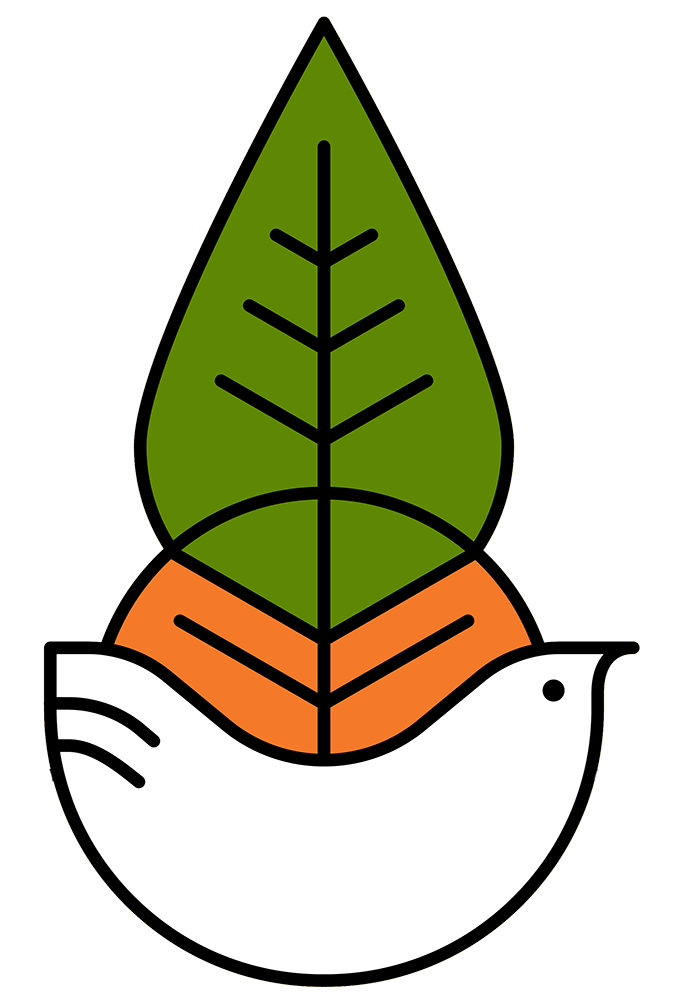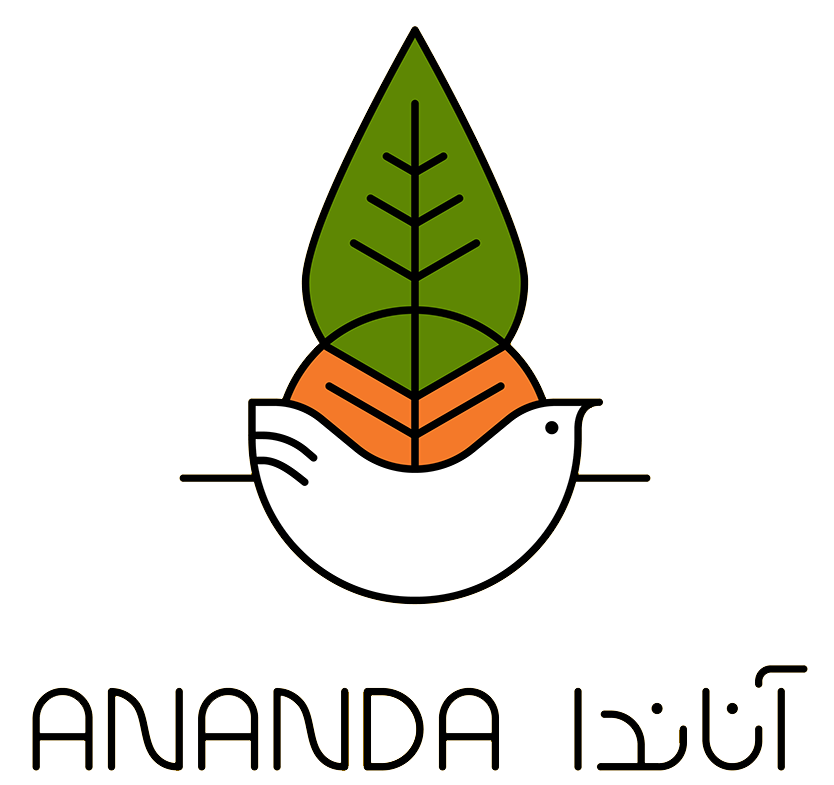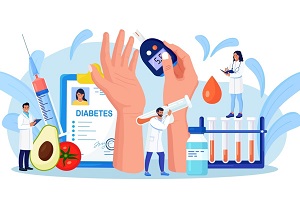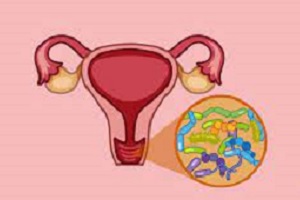By Setareh Kiumarsi
What is diabetes?
It’s a condition in which either the pancreas can’t secrete insulin, or the body can’t properly use the insulin the pancreas has released.
Now let’s explain the above statement in Ayurvedic language.
Insulin is a hormone that regulates blood sugar levels and controls how much sugar enters the cells. Insulin corresponds to the fire element, and sugar is phlegm (imagine a sticky substance). When you eat foods that are moist and phlegmatic (like most sweets, bread, rice, etc.), blood sugar rises. So, the hormone insulin (or fire) is released to help digest and absorb that sugar and convert it into usable energy for the cells.
People with type 2 diabetes have a deficiency in this fire element. So instead of the sugar from food entering the cells with the help of insulin, it stays in the blood, filling it with undigested phlegm. If the body can’t get rid of this excess sugar (or bad phlegm) in some way, it becomes prone to various illnesses such as heart disease, kidney problems, inflammation, infections, and more. Simply put, in Ayurveda, diabetes is seen as the inability to digest bad phlegm or excessive sticky moisture.
So what should we do?
First of all, let’s look at what foods you need to remove from your diet. The common belief is that someone with diabetes just needs to reduce sugar and sugary products to fix the problem. But Ayurveda believes that people with diabetes typically have slow digestive fire (which is also why many diabetics suffer from hypothyroidism); and digesting any type of heavy, phlegmatic, sticky, and hard-to-digest food is difficult for them and worsens the condition.
So which foods are phlegmatic, sticky, very heavy, and hard to digest?
Sugar and sugary products, wheat (especially white flour and products made with white flour like bread, pasta, lasagna, pastries, etc.), rice (especially short-grain rice), sweet and fattening fruits (like dates, bananas, figs, pineapple, grapes, melon, cantaloupe), cow dairy (especially cheese, yogurt, cream, and clotted cream), vegetable oil, industrial liquid oils (and of course fast food and fried food), beef and veal, pork, extremely salty foods (like chips, processed snacks, etc.), very sour foods (like intensely sour fruits or fruit paste), heavy nuts (like peanuts and cashews).
Many of the foods mentioned above may not be sweet at all, but qualitatively they create sticky, hard-to-digest moisture in the digestive tract (especially very sour and very salty foods). Because diabetics have weak digestive fire, they cannot digest this bad phlegm, and the root of their disease worsens.
Besides the foods listed above, there’s another group that affects thyroid function. These make the thyroid sluggish, slow metabolism, and thereby reduce the fire element in the body. In other words, long-term consumption of these foods intensifies the root cause of diabetes (lack of fire in the body):
Potatoes and raw cold vegetables (like cauliflower, broccoli, cabbage, lettuce, etc.)
So what should we eat?
Diet
As explained, diabetes is typically accompanied by a lack of digestive fire in the gut, slow metabolism, inability to digest highly moist and phlegmatic foods, and an excess of bad phlegm in the body.
To strengthen digestive fire and help digest blood sugar–raising, phlegmatic, and heavy foods, there is one golden rule:
Digestive salad
Always combine blood sugar–raising foods (like sugary foods, rice, bread, etc.) and phlegmatic, heavy foods (like animal proteins, cheese, fast food, very sour or salty dishes, etc.) with fibrous, catabolic, or drying foods (like salads (digestive salad), fresh herbs, and cooked apple as a corrector for apple). Why?
Because fibrous, drying foods act like a porous sponge. Imagine dropping a sponge into a bowl of water… When you eat phlegmatic and anabolic foods alongside drying and catabolic ones, the fiber in drying foods absorbs the excessive moisture from fattening foods, aids digestion, and prevents the creation of undigested bad phlegm in the gut.
What else?
Remove vegetable oil and industrial oils from your cooking and diet. These oils are very difficult for the digestive system to process. Even the healthiest vegetables become hard to digest when fried in these oils. You’ll be surprised how much easier digestion becomes—and how much lighter you feel—once you eliminate them. Instead, use natural, healthy oils like olive oil, sesame oil, grape seed oil, and coconut oil.
Try replacing white flour and rice with light grains and seeds (like quinoa, oats, buckwheat, and gluten-free breads), especially for breakfast and dinner.
Diet and lifestyle
We’ve now discussed what diabetes is from an Ayurvedic perspective and some important strategies for blood sugar control.
What else can we do to help the body manage blood sugar?
Eliminate cow dairy from your diet. Instead, use goat or camel dairy, or plant-based milks like almond milk.
The following spices are very helpful for reducing blood sugar. Use them generously in your cooking:
Turmeric, cinnamon, fennel, cumin, fenugreek seeds, basil, and coriander seeds.
If you want to eat sweet foods, choose light sweeteners like honey, apple syrup, maple syrup, or mulberry syrup.
Cook and eat in copper cookware. At night, fill a copper cup with water. In the morning, warm it slightly, add a few drops of lemon juice and a pinch of salt, and drink it on an empty stomach.
(Source of this home remedy: Vasant Lad, Home Remedies: An Ayurvedic Guide to Maintaining Good Health, translated by Zahra Abbasi (Tehran: Nasle Noandish Publications, 2017))
Scrub the soles of your feet (especially your heels) daily with a pumice stone.
Do 20–30 minutes of exercise that induces sweating every day (such as running, cycling, or cardio workouts). Sweating helps eliminate bad phlegm, fat, and toxins from your body.
Practice 6 to 12 rounds of Sun Salutation yoga every day. It won’t take more than 10 minutes. Repeat the sequence 2–3 hours after lunch as well. It’s great to learn Sun Salutation from a yoga teacher, but if that’s not accessible, search for “Sun Salutation” or “Surya Namaskar” on the internet or YouTube—you’ll find plenty of instructional videos.
Be full of health
Please be sure to credit the author, Setareh Kiumarsi, when sharing or republishing this article, which was written with love and the hope of well-being for all.







